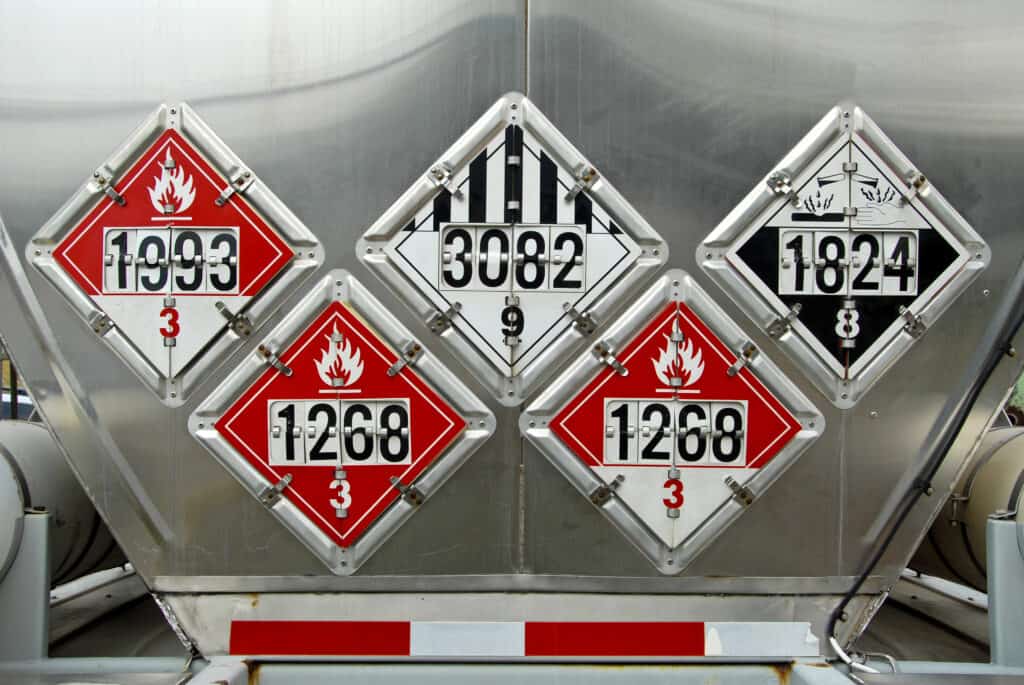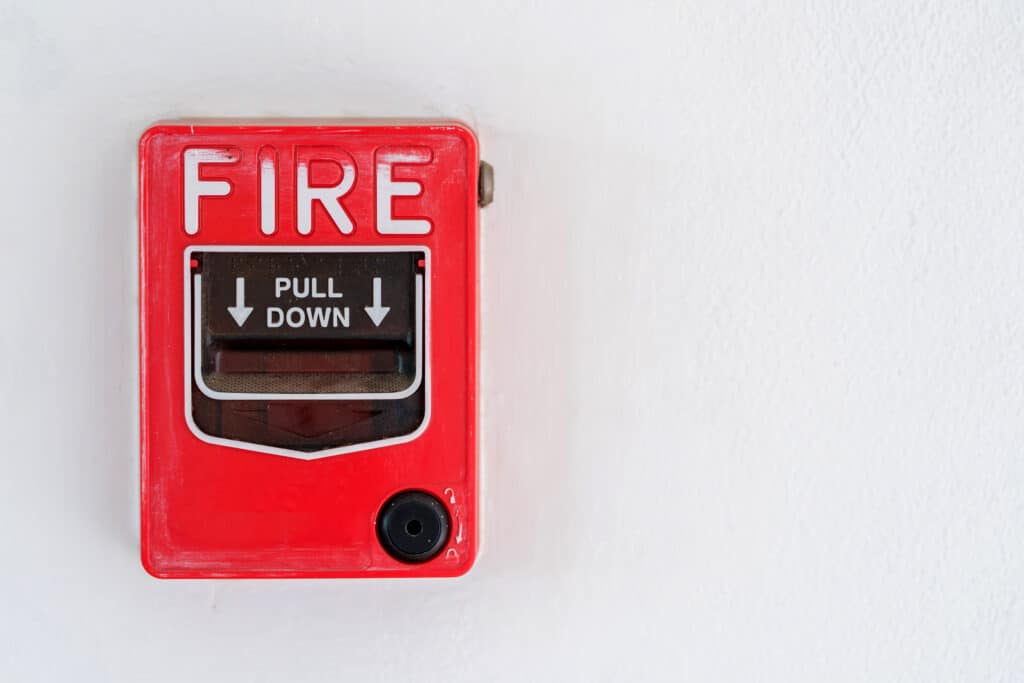There shouldn’t be much debate about the importance of safety drills in schools and Texas has taken proactive measures to ensure the well-being of its students by establishing clear and comprehensive guidelines for school drills.
The Texas School Drill Guidance aims to provide schools with a set of best practices to prepare for various emergency situations, be it natural disasters, fires, or active shooter incidents.
The guidance covers a range of crucial aspects, such as frequency of drills, types of drills, planning and coordination with local emergency response agencies, and record keeping.
Texas school districts, in accordance with state legislation, are required to conduct safety drills and incorporate them into their yearly safety plans.
By providing a structured framework for safety drills, the Texas School Drill Guidance reinforces the importance of consistent practice and preparation for potential emergencies.
This empowers schools and local communities to prioritize safety and fosters an environment in which both students and staff members can feel secure.
Texas School Drill Guidance Overview
Source and Legislation
In Texas, school safety is of utmost importance, and the state has established guidelines for various drills to be conducted throughout the school year.
The Texas School Safety Center (TxSSC) serves as a central source for drill guidance, providing schools with resources, planning tools, and expertise.
These guidelines are based on the Texas Education Code, which contains specific requirements for drills, including regular fire, evacuation, and lockdown drills.
The code also mandates the inclusion of such drills in each school’s Emergency Operations Plan (EOP).
Mandatory School Drills
Texas schools are required to conduct a number of mandatory drills each year as a part of their commitment to health and safety.
These drills are designed to prepare students, teachers, and staff for potential emergencies:
- Fire Drills: Texas schools must conduct fire drills at least once per month according to the Texas Education Code. These drills involve the evacuation of the entire school building and practice for safe, efficient exits in case of a fire emergency.
- Evacuation Drills: In addition to fire drills, schools must also practice evacuation procedures for other emergencies, such as bomb threats or gas leaks. The frequency of these drills may vary depending on the school’s EOP and potential risks in the area.
- Lockdown Drills: To prepare for situations like active shooters or other dangerous intruders, schools must conduct lockdown drills. These drills help familiarize students and staff with the protocol to follow during an incident that requires lockdown procedures.
In summary, the Texas School Drill Guidance serves as a valuable resource for maintaining school safety throughout the state.
By complying with the Texas Education Code and integrating mandatory drills into their EOP, schools can provide a safer environment for students, teachers, and staff.
Public School Districts and Administrators
Roles and Responsibilities
In Texas, public school districts and their administrators play a crucial role in ensuring the safety and security of students and staff.
This involves collaboration with various entities such as the commissioner, state fire marshal, and school safety and security committee in developing and implementing effective drill guidance.
Public school districts are responsible for establishing a school safety and security committee.
This committee, comprised of various stakeholders, focuses on addressing severe weather and other emergency situations.
They develop and regularly update emergency operations plans, ensuring protocols and procedures are in place for different emergencies.
School district administrators are tasked with implementing the emergency operations plans developed by the school safety and security committee.
They coordinate with the state fire marshal to ensure compliance with fire safety regulations and oversee drills for severe weather events, such as tornadoes and hurricanes.
The commissioner plays a significant role in providing guidance to public school districts in Texas.
They ensure that school districts follow state regulations and maintain a high level of emergency preparedness.
| Entity | Role |
|---|---|
| Public School Districts | Establishes school safety and security committees |
| School District Administrators | Implements emergency operations plans and coordinates with state fire marshal |
| Commissioner | Provides guidance and ensures compliance with state regulations |
| State Fire Marshal | Ensures compliance with fire safety regulations |
Ensuring the safety and security of Texas public schools requires collaboration among multiple entities, each with distinct roles and responsibilities.
Through effective communication and coordination, these entities work together to create a secure environment for students and staff in times of emergency.
Drill Requirements and Types
Lockdown Drill
A lockdown drill is conducted to prepare schools for an immediate threat on campus, such as an active shooter.
It requires students and staff to remain inside their classrooms or designated areas, lock the doors, and turn off lights.
Students should stay quiet and out of sight from windows and doors.
The frequency of lockdown drills varies by state, but it’s essential to conduct them regularly to ensure all individuals are familiar with the procedure.
Secure Drill
A secure drill is designed to address situations when a potential threat is nearby but not on campus, such as nearby police activity.
This type of drill requires staff to lock all exterior doors and windows to prevent entry while normal indoor activities continue.
The goal is to maintain a safe environment without causing undue disruption to the school day.
These drills should also be conducted periodically to ensure familiarity among students and staff.
Evacuation Drill
An evacuation drill prepares schools for situations that require immediate evacuation of the building, such as a fire or gas leak.
During this drill, students and staff follow a pre-determined evacuation route to a designated safe area, typically outside the building.
Procedures may involve checking for hazards before exiting, using alternate exits if necessary, and taking attendance once in the safe area.
Scheduled evacuation drills help identify any obstacles or safety concerns that need to be addressed.
Shelter-in-Place for Hazmat Drill

This type of drill is essential when there is a hazardous material incident in the surrounding area, such as a chemical spill or gas leak.
Shelter-in-place for hazmat drills require students and staff to remain indoors and seal off airways, such as windows and vents, to minimize exposure.
These drills teach the importance of staying informed about the situation and following further instructions from school officials and emergency responders.
Shelter for Severe Weather Drill
Shelter for severe weather drills prepare schools for natural disasters like tornadoes, hurricanes, and severe storms.
These drills involve guiding students and staff to designated safe areas within the building, away from windows and glass.
The selected areas should have minimal potential for structural damage.
Frequent practice ensures efficient and timely response to severe weather situations, reducing the risk of injuries and damage.
Pre-Drill Planning and Coordination
Pre-Drill Planning Form
Schools in Texas should use a pre-drill planning form to enhance the preparedness of local educators and first responders.
This form should include essential information, such as objectives, logistics, and contact details for key personnel, including law enforcement.
By having a structured document, schools can follow a clear outline and ensure all parties involved understand their roles and responsibilities during a drill.
First Responders and Educators Collaboration
It is crucial for first responders and educators to collaborate closely when it comes to pre-drill planning.
This collaboration should involve regular meetings to discuss drill objectives and strategies, as well as address any concerns or potential issues.
By working together, both educators and first responders can identify areas for improvement and establish a strong foundation for the successful execution of safety drills in Texas schools.
Texas School Safety Center Support
Schools should utilize the resources offered by the Texas School Safety Center (TxSSC) to help enhance their pre-drill planning and coordination efforts.
The TxSSC provides valuable guidance, training materials, and best practices for local schools, which can significantly improve overall drill preparedness.
Additionally, the center serves as a central point of contact for educators and first responders, enabling them to address any further questions or concerns efficiently.
In conclusion, pre-drill planning and coordination between local schools, first responders, and the Texas School Safety Center is vital for ensuring the successful execution of safety drills.
Utilizing a pre-drill planning form, fostering collaboration, and leveraging the support of the TxSSC are crucial steps in this process, ultimately enhancing the preparedness and safety of Texas schools.
Drill Execution and Debriefing
Using the SRP during Drills
Schools need to consistently practice lockdown drills using the Standard Response Protocol (SRP).
The SRP entails clear, predefined actions that staff and students must follow to ensure their safety during various emergency situations.
Regular practice ensures all stakeholders understand their roles and responsibilities during a lockdown, and are better prepared for potential emergencies.
Collaboration with local fire marshals further validates the effectiveness of the drill procedures and helps schools stay compliant with applicable safety regulations.
These officials can provide valuable guidance on refining the school’s evacuation routes, helping minimize the risk of harm.
Scribe Role and Documentation
During drills, it’s important to assign a scribe to document the event.
This individual keeps a detailed record of the drill’s actions, response times, and potential issues that may arise.
This documentation will serve as an essential tool for assessing the effectiveness of the school’s emergency response procedures during post-drill debriefing sessions.
Keeping accurate records benefits not only staff and students but also ensures regulators that the school is upholding its emergency preparedness requirements.
Post-Drill Debrief and Improvement
It’s essential to hold debriefing sessions following every drill to discuss the findings of the scribe and address any concerns or questions from staff and students.
This is an opportunity to:
- Review the documentation, identifying areas of success and potential improvements.
- Solicit feedback from participants about their experience, particularly regarding SRP guidelines.
- Discuss any unexpected incidents that occurred during the drill and how to better prepare for them in the future.
Next Steps
With this information, schools can develop an action plan to implement changes for continuous improvement of their emergency response procedures.
This focus on growth and development helps create a safer school environment for all.
Conclusion
In summary, the Texas School Drill Guidance plays a significant role in maintaining safety and preparedness in educational institutions across the state.
The guidelines, which are periodically reviewed and updated, ensure that schools are well-equipped to handle emergency situations.
Implementing these drills effectively contributes to the overall safety of students, staff, and the entire school community.
Furthermore, the drills serve as a practical training tool to instill safety practices into the daily routines of everyone on campus.
By regularly conducting these exercises, schools can identify areas of improvement and work collectively to enhance their emergency response.
This continuous commitment to safety fosters a culture of preparedness in Texas schools.
It is essential to remember the importance of collaboration and communication between schools, local authorities, and the community in ensuring the success of these drills.
This partnership allows for the sharing of resources, expertise, and information, contributing to the overall safety and well-being of all involved.
Adequate support and guidance from the authorities play a crucial role in making these safety precautions more effective.
In conclusion, Texas School Drill Guidance is a vital component of school safety and preparedness efforts.
By adhering to the guidelines and implementing drills regularly, schools contribute to building a safer environment for the entire community.








